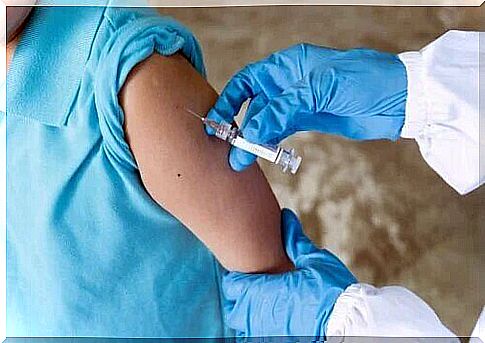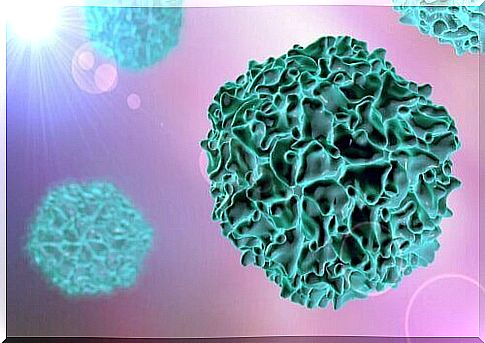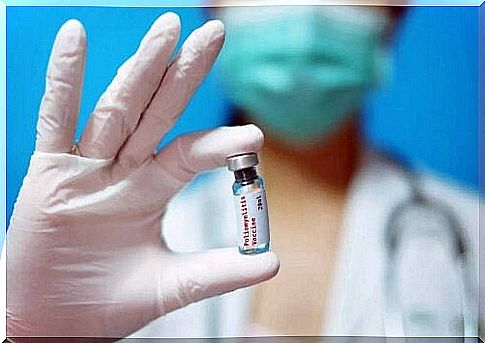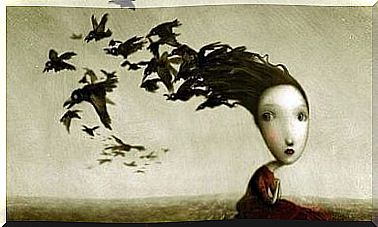Polio Vaccine: All You Need To Know
There are two versions of the polio vaccine and both have contributed to the near eradication of the disease worldwide. Here we share everything you need to know about this vaccination.

In the current situation, the polio vaccine is a clear example that vaccination plans sustained over time are working, regardless of the detractors. Thanks to this drug, the serious disease of polio has almost disappeared in the world.
This simple, inexpensive and widespread method, has proven effectiveness, reduces the transmission of the virus in the general population, both in children and in adults. What does this vaccine consist of? When is polio vaccine applied? Below we explain everything about it.
What is polio?
Polio is a disease caused by the poliovirus, of which 3 types are known. One of them has already disappeared and there are no more new cases of the epidemic. The other 2 are still active, but with a low incidence rate, due to worldwide vaccinations.
A person contracts polio when they come into contact with another infected person or when the virus uses food to travel and spread. This happens through the anus-hand-to-mouth mechanism, which involves the contamination of drinks and food with feces.
Most people who are infected are asymptomatic, that is, they show no signs of illness. However, the small group with clinical syndromes has the potential to progress to serious complications, such as paralysis.
The paralytic form is the most severe form of polio. People suffer from an effect of muscle weakness which spreads to all areas of the body including the chest area. In fact, the virus compromises respiratory dynamics, resulting in death from suffocation.
There is no cure for polio. For this reason, vaccination has become a preferred approach to prevent the uncontrolled spread of the virus.

What are the polio vaccines?
Science has successfully developed two versions of polio vaccines. They are known by the name of their creators and are called Sabin and Salk. The first is administered orally and the second is intramuscularly.
Sabine vaccine
The Sabin vaccine is a live attenuated virus immunization. To achieve this, laboratories cause genetic mutations in viral particles to make them less virulent. In this way, once inoculated, they can generate symptoms, but very mild. What is not changed is the production of immunity.
A characteristic of the Sabin vaccine is its power of replication in the digestive system. This causes a “group effect”, since those that have been inoculated then expel the attenuated particles with their feces. They thus help to immunize the cohabitants of the same household.
Salk vaccine
The Salk version, as explained earlier, is intramuscular. It is inoculated, like other vaccines, by a puncture that enters the muscle and leaves the substance there. In this case, the viruses are not attenuated, but inactive.
The procedure is different and the result varies a bit compared to the Sabin. The whole intestinal process is not carried out, therefore this immunization is effective in the prevention of severe forms of the pathology, but it does not have a group effect and does not prevent individuals from carrying the virus in their digestive system.
Who should get the polio vaccine?
The indications for polio vaccination vary from country to country. States prepare protocols for administering vaccinations according to local epidemiology and applicable legislation. In all cases, in general, the majority agree on the following:
- Children must be given a repetitive program to gain immunity. This is the most dangerous population group, so the goal is to reach them all in one way or another.
- The usual doses are 5 vaccines. The first inoculation is carried out at 2 months, then at 4 and 6, to continue at 18 months and a last dose at 6 years. The dates can vary a little, without being earlier.
In the case of adults, there is less consensus. If it is certified that as a child you did not receive the corresponding program, similar placements are made at the intervals of the children. Those traveling to countries with high polio prevalence and healthcare professionals who work with patients with the disease should also be vaccinated.

Possible side effects of polio vaccine
In general, the polio vaccine, whatever its version, has few side effects. Most of them focus on the injection site in the case of Salk, and consist of redness and inflammation.
With the Sabin version of the immunization, there are mild gastrointestinal symptoms including diarrhea, nausea and even a fever below 37.5 ° C. These problems resolve themselves and do not exceed 48 hours.
There are reports of more serious reactions, of which the allergic reaction is the most concerning. Fortunately, there are very few cases and it is estimated that there is about 1 adverse event per 1 million people.
Effective polio vaccine available globally
The polio vaccine is a very effective way to prevent this disease. There are not many pathologies that can be avoided so easily if the vaccination schedule is followed.
For this reason, it is essential that countries and individuals redouble their efforts to achieve this vaccination. Very little effort remains to eradicate polio completely from the planet and turning back the clock would destroy a decade of work.
If you have young children, ask the nearest health center how to organize the vaccination. If you’re an adult, check your personal calendars to make sure you’re up to date. In the vaccination rooms of hospitals, you will find appropriate information to advise you.









